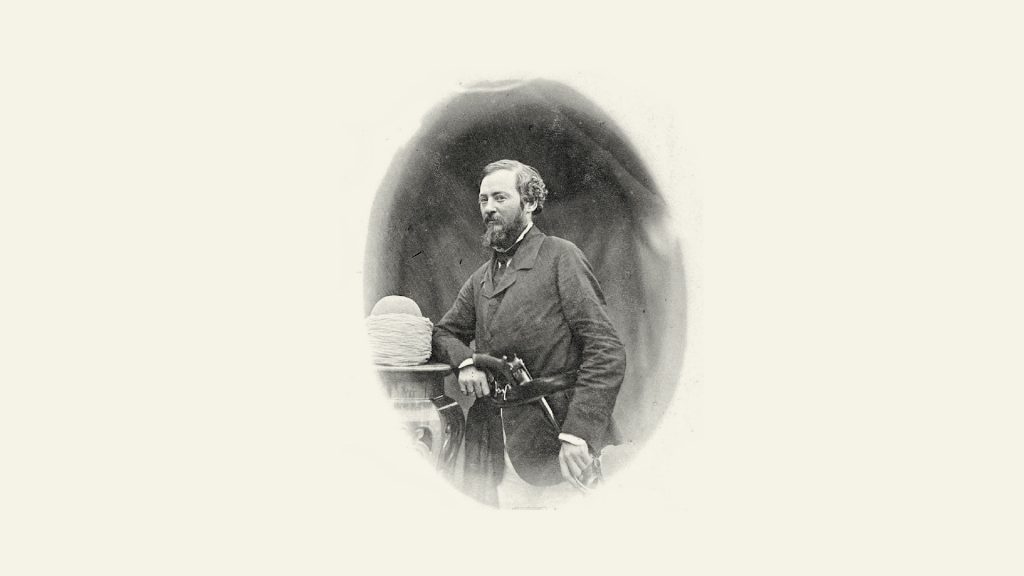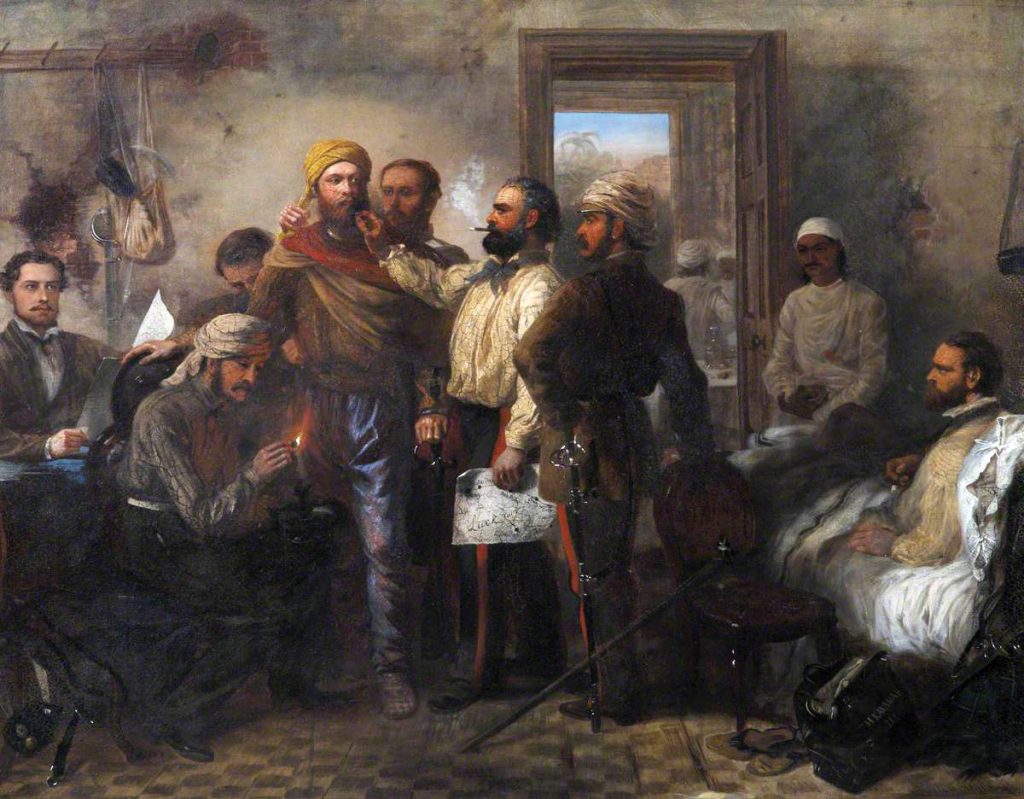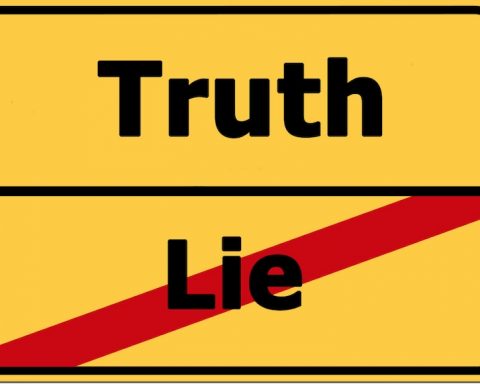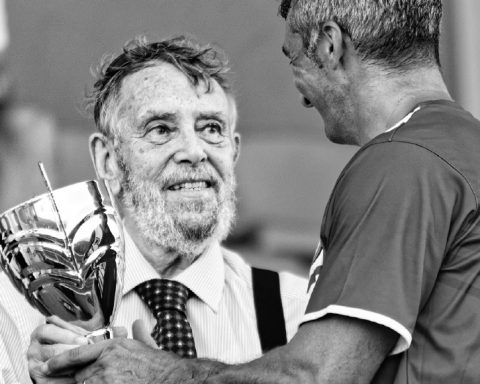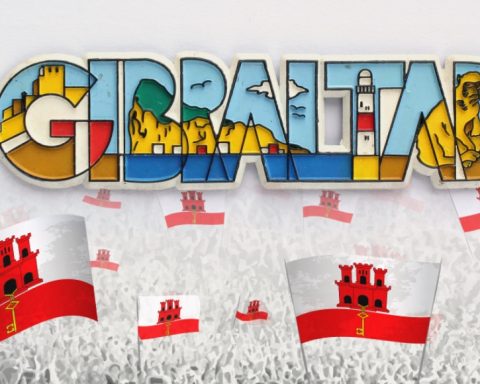A holder in Gibraltar
A recent rediscovery has been made of the grave belonging to Thomas Henry Kavanagh VC. who is buried in North Front Cemetery. The story surfaced when David Eveson, our chairman, found the headstone during a visit there after being handed the information by an ex Royal Engineer George Coleing..
He found the grave in a state of disrepair and thought something should be done to put it in order. This of course led to the question of what he was doing in Gibraltar. Inevitably the first place to ask was our font of all knowledge, Lorna Swift of the Garrison Library who in true form gave us a file which had been prepared in 1987 and held in the Library.
The following account is a compilation of that information and some obtained from the internet.
Kavanagh, was of course, Irish, born in Mullinger, County Westmeath on the 15th of July 1821. Following the completion of his education in his home country, he joined the Indian Civil Service around 1849 where he joined Sir Henry Lawrence, the Chief Commissioner of Oudh in the Punjab and became a member of its Commission. He married Agnes Courtney in Cownpore where she stayed while he and Sir Lawrence went to Lucknow. Later she decided to follow her husband. In June 1857 in the Indian Mutiny reached the town and the Residency in that city was besieged. The family was trapped with four of their children. The youngest, Cecil died and his mother was injured by a shell.
Sir Lawrence with 1500 troops, half of them loyal Bengal Sepoys, fortified the area and stockpiled food and supplies. The first attack on the residence came on July the 4th 1857. Sir Lawrence was killed soon after and his place taken by Colonel John Inglis of the 32nd (Cornwall) Regiment of Foot.
On the 20th of September, a relief column of two thousand troops under General Outram and Havelock was sent but soon they were outnumbered, surrounded they entrenched themselves near the Residence. Having brought no food, they were dependant on they residency, who themselves were short.
By November the situation had become extremely critical and could only hold out if resupplied from Cownpore. They were down to a few days’ supplies and getting desperate when Sir Colin Campbell, set out with troops to fight his way to the Residency. At this point Kavanagh volunteered to disguise himself as an Indian and find a way though the mutineers in order to guide these troops to the Residency. With great bravery and without the knowledge of his wife, accompanied by a Brahmin servant, on the 9th of November they managed to get through the road blocks and entered the British lines. The success of his arrival was semaphored from the Alambagh, in the suburbs of Lucknow at which time his wife was told of his exploits.
He was able to lead the troops back to the residency by the 16th. The troops were able to control the situation long enough for the British to withdraw and on the 18th. (or 22nd ) of November the British flag was taken down and the town given over to the mutineers.
The town was recaptured by Campbell in March with the aid of Ghurkas supplied by the king of Nepal.
In 1858 the British East India Company was dissolved and the British Government took over the reigns of Government.
On the 6th of July 1859, Kavanagh was awarded the Victoria Cross. This award was instituted by Queen Victoria in June 1857. Kavanagh is one of only five civilians ever to be awarded this prestigious medal. He later became a Deputy District Commissioner. He returned to England but at the end of October 1882, sailed on board the SS Khedive for Bombay. The ship arrived in Gibraltar on the 3rd of November but Kavanagh was taken seriously ill and was put ashore and taken to the Station Hospital where he was put in the hands of the Surgeon General Smith, CB at the request of the Governor.
His illness took a turn for the worse and died on November 13th. A service was held at the Cathedral of the Holy Trinity at 3.30pm the same day, conducted by the Archdeacon Govett. His body was then carried to his final resting place accompanied by 200 military personnel from the 1st Battalion Loyal Lancashire North Regiment and members of all the other services including Major General C Adams CB. Six Majors from each of the RA, RE and Infantry Regiments formed the pall bearers. Lady Napier of Magdala and Kavanagh’s daughter, Mrs Maynard and the Governor attended the Burial.
In the records of the King’s Chapel, James Kavanagh is recorded as Commissioner of Oudh, but with the rank of Major. There is no record of his ever been in the military but this was probably an honourable rank. His grandson, Major A B M Kavanagh, served in Gibraltar in the 1st Battalion Duke of Wellington’s Regiment between 1953 and 1955.
It is understood that the war Graves Commission provided a new headstone in the 1980’s but since then the site has again deteriorated. The Gibraltar Heritage Trust is now looking to repair the grave again. A local expert in headstone restoration has been engaged to repair the damage which has been kindly sponsored by Isola Brothers.
Article supplied by History Society Gibraltar / This story was first written for the Gibraltar Chronicle in 2010


